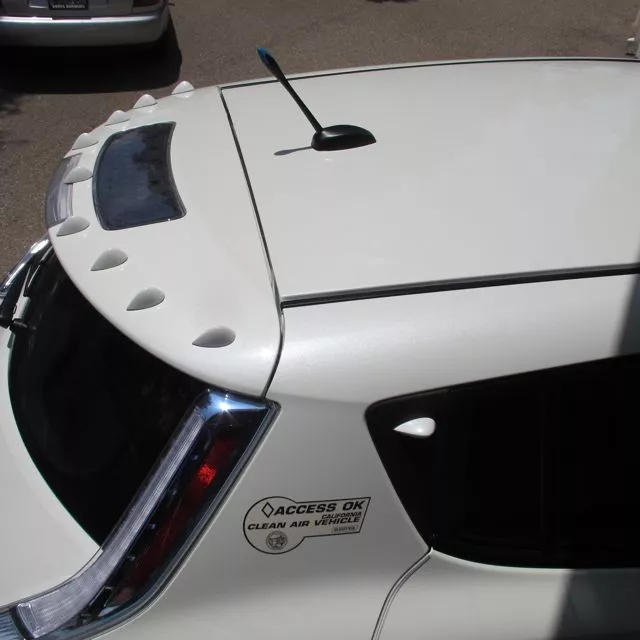Chances are, at some point you’ve seen vehicles that were designed with streamlined little knobs on their hoods or roofs, to improve their aerodynamics. While such features have been shown to work, they generally haven’t been available as an aftermarket product. Now, however, if you want those knobs on your car, you can have them – in the form of GasPods.
Essentially miniature air foils, the pods were created by American industrial designer Bob Evans, using computer-simulated wind tunnel tests conducted by “one of the world's most respected independent engineering firms.” Those tests reportedly indicated that a vehicle with ten of the GasPods placed along the rear edge of its roof would experience approximately a five percent reduction in its drag coefficient.
Additional savings could be gained by placing pods on the sides of the vehicle to either side of the back window, or on the hood below the windshield.

Because different vehicles would likely benefit from different amounts of GasPods in different locations, one version of the product attaches to the car using padded rare earth magnets – in this way, users can experiment with moving them around to determine the optimum placement. Owners of cars with non-metallic body panels can opt for a permanent version, that attaches via automotive adhesive tape.
Evans is currently recruiting real-world testers, to report on how GasPods affect the mileage of their vehicles. If you just want to buy some, however, you can do that too. Prices range from US$29.95 for a set of three adhesive-backed pods in a stock color, up to $124.95 for a custom-painted set of nine magnetic pods.
Source: AeroHance







